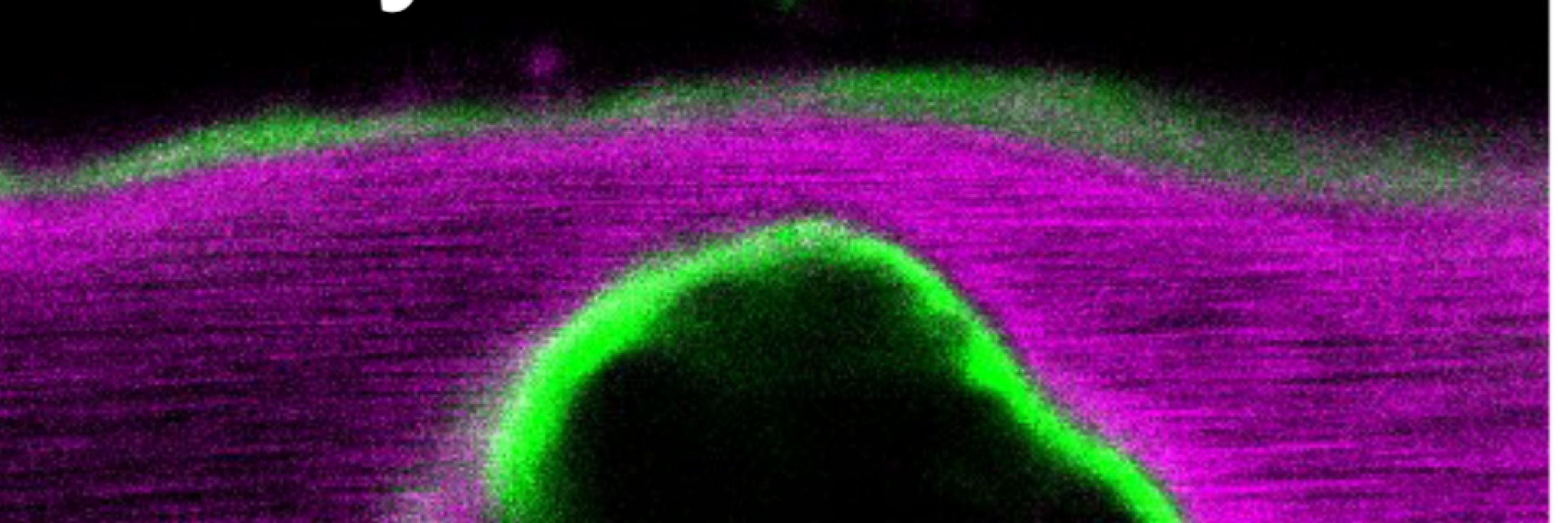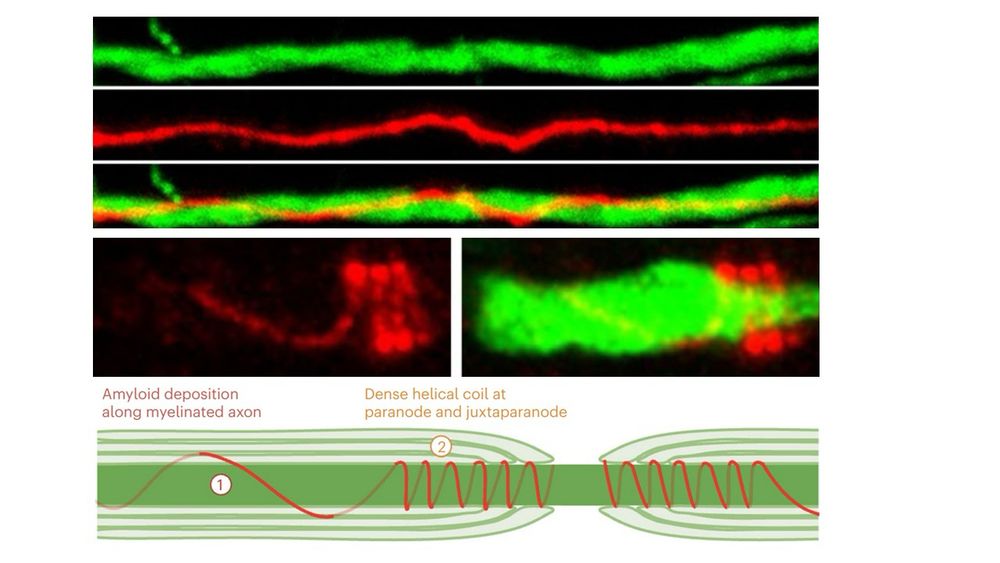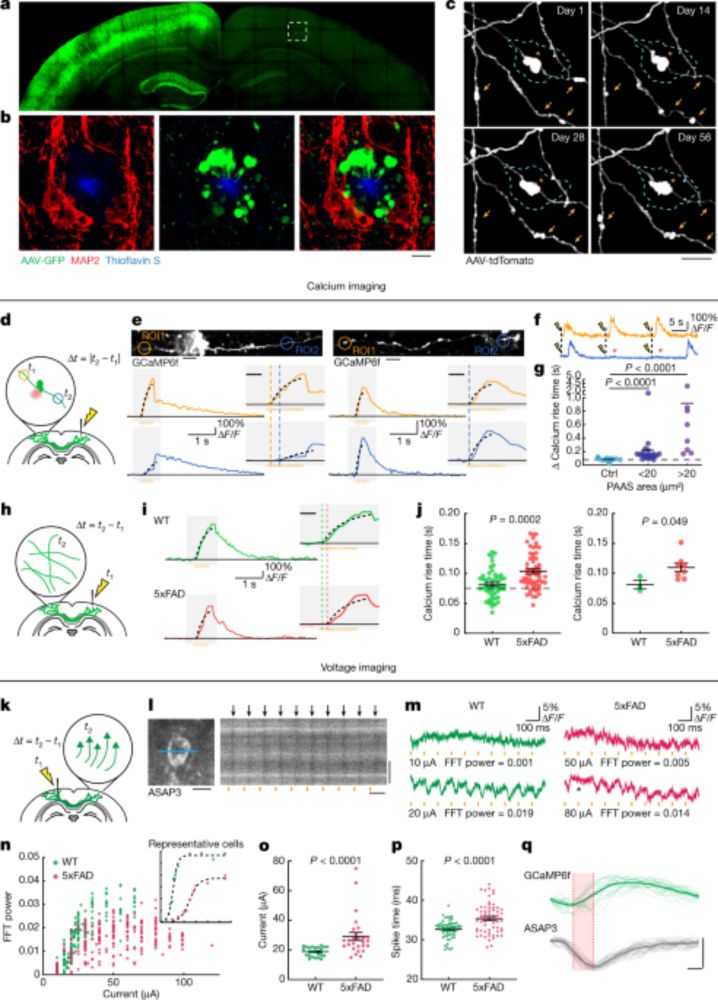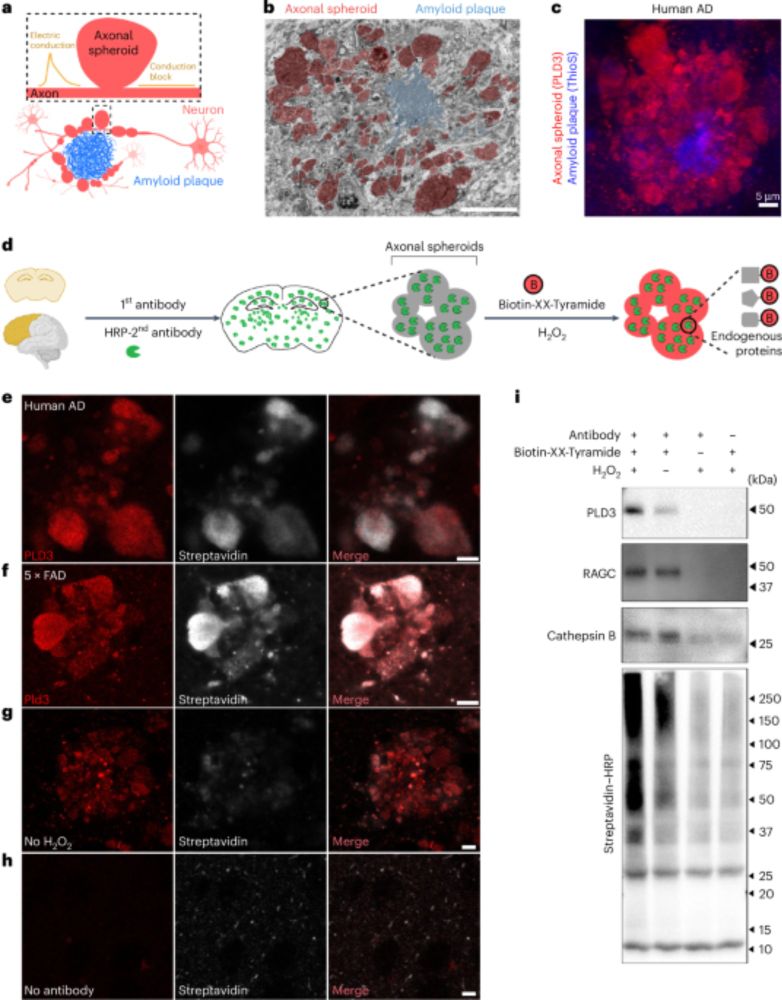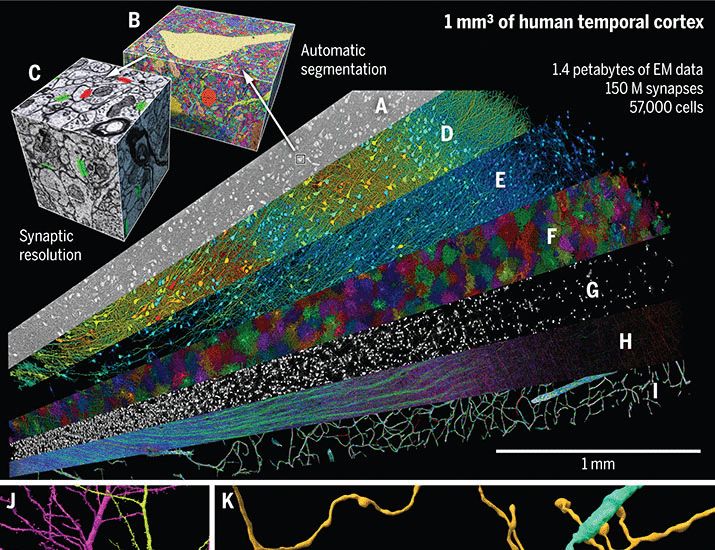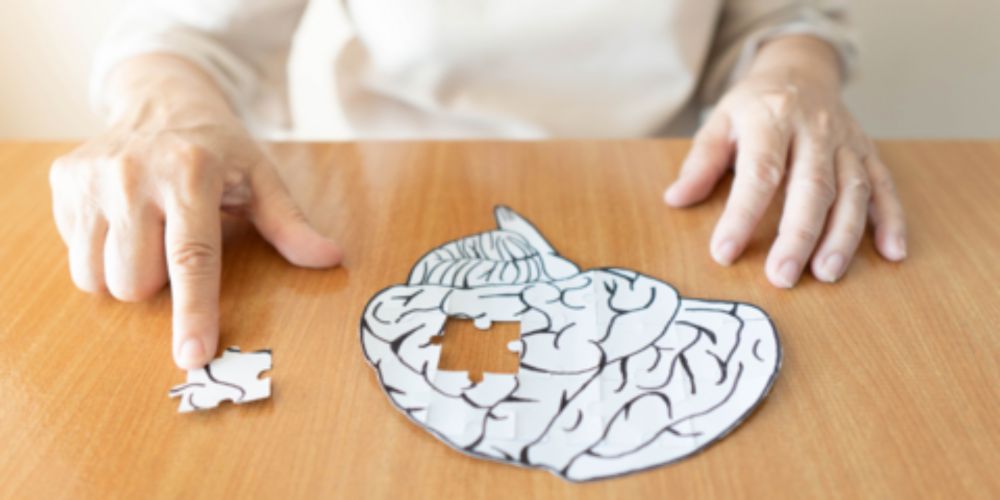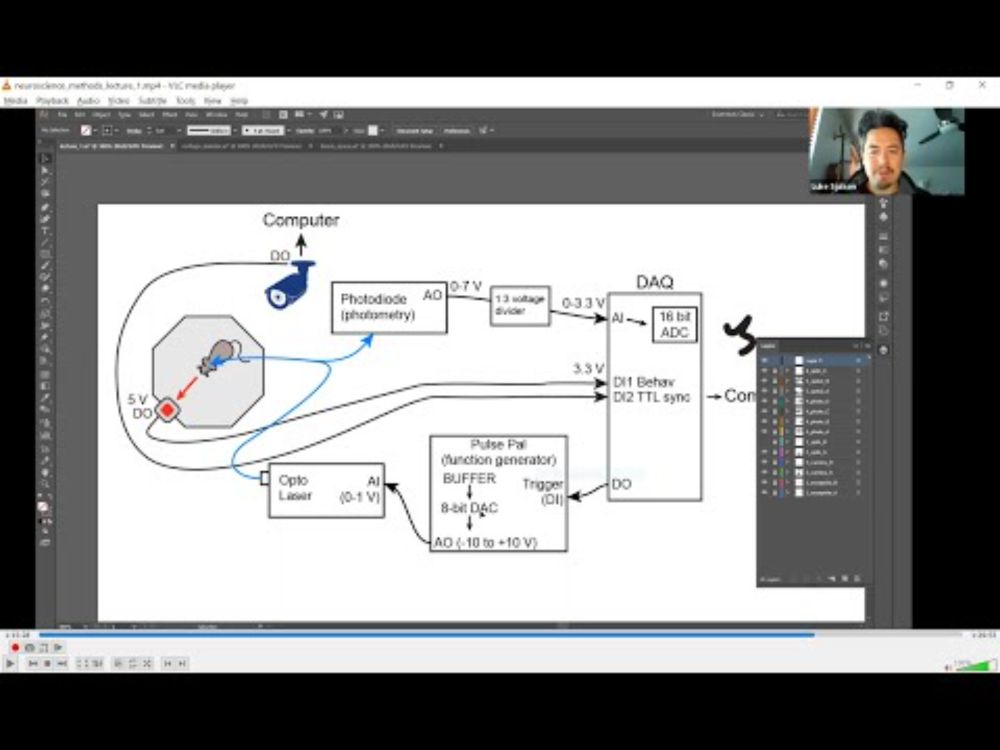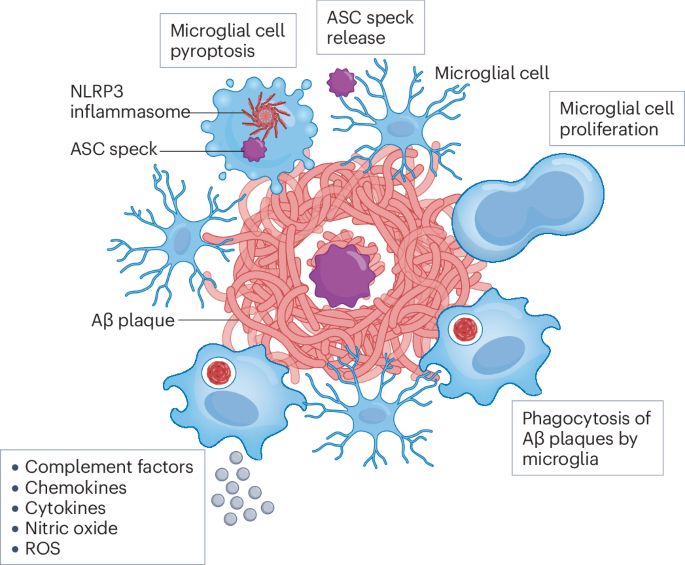Jaime Grutzendler
@jgrutzendler.bsky.social
940 followers
300 following
23 posts
Neuroscientist and Neurologist @Yale / Neurodegeneration / In vivo
imaging / Neuro-Glial-Vascular Biology / Translational Neuroscience
https://medicine.yale.edu/lab/grutzendler/
Posts
Media
Videos
Starter Packs
Pinned
Reposted by Jaime Grutzendler
Nature Neuroscience
@natneuro.nature.com
· Jun 20
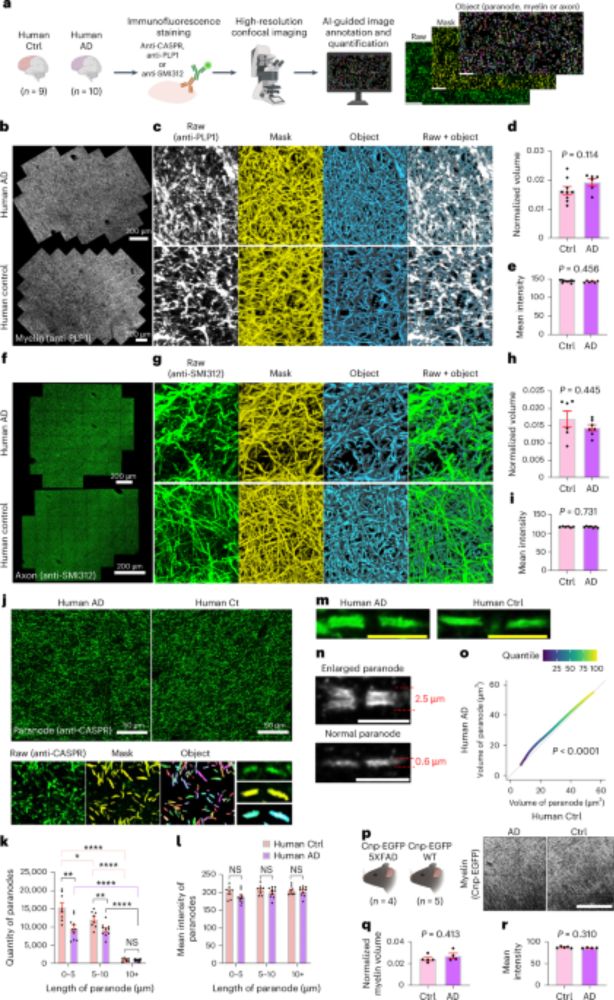
Myelin–axon interface vulnerability in Alzheimer’s disease revealed by subcellular proteomics and imaging of human and mouse brain - Nature Neuroscience
In Alzheimer’s disease (AD), disruptions in myelin and axonal structures occur, although the underlying mechanisms remain unclear. Here the authors show that, at the myelin–axon interface, axon–glial ...
www.nature.com
Jüri Reimand
@reimand.bsky.social
· Jun 16
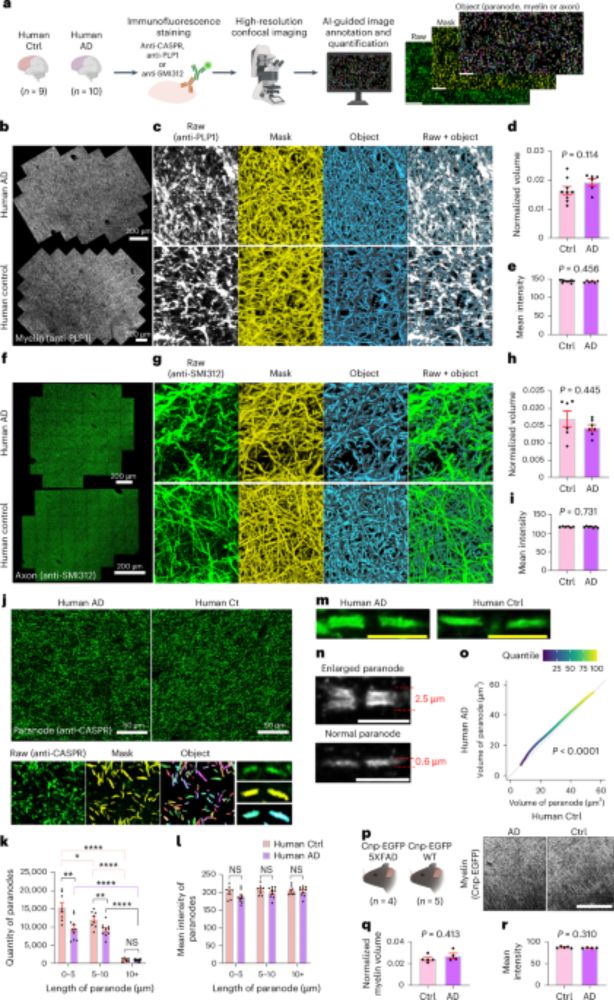
Myelin–axon interface vulnerability in Alzheimer’s disease revealed by subcellular proteomics and imaging of human and mouse brain - Nature Neuroscience
In Alzheimer’s disease (AD), disruptions in myelin and axonal structures occur, although the underlying mechanisms remain unclear. Here the authors show that, at the myelin–axon interface, axon–glial ...
www.nature.com
Reposted by Jaime Grutzendler
Reposted by Jaime Grutzendler
Eduardo Zimmer
@erzimmer.bsky.social
· Dec 5
Reposted by Jaime Grutzendler
Alice Ting
@aliceyting.bsky.social
· Dec 4
